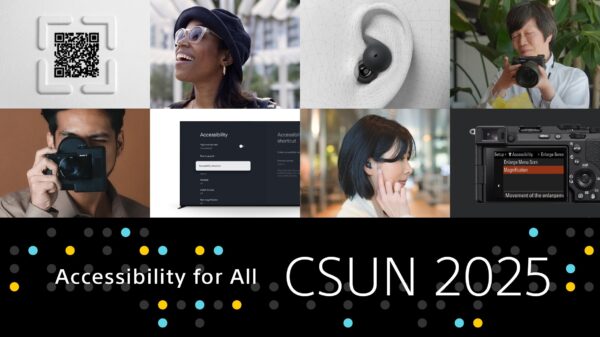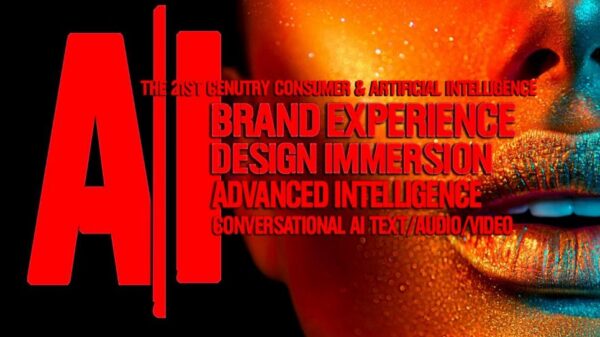The possible applications of nanotechnology are vast and continually expanding, with the potential to reshape various industries. As demand grows for sustainable materials, cleaner energy, faster electronics, and advanced medical treatments, nanotechnology is emerging as a key enabler of innovation. According to GlobalData, a leading data and analytics company, the healthcare and technology sectors are leading the way in the rapid commercialization of nanotechnology. With a focus on cutting-edge diagnostics, drug delivery systems, and electronic advancements, these industries are witnessing the most significant impact of nanotechnology’s transformative potential.
Nanotechnology: What Is It?
Nanotechnology refers to the manipulation of materials at the nanoscale, which measures between 1 and 100 nanometers. At this near-atomic level, matter behaves differently than it does in larger forms, opening up new possibilities for creating devices, materials, and systems that outperform their conventional counterparts. In healthcare, for instance, this technology is being harnessed to revolutionize diagnostics and treatment, while in the technology sector, nanotechnology is boosting the efficiency of electronic devices and paving the way for faster, smaller, and more powerful computing solutions.
The Benefits of Nanotechnology
Nanotechnology presents numerous advantages, particularly in the healthcare and technology sectors. Here are some of the key benefits:
- Enhanced Medical Treatments: In healthcare, nanotechnology enables precise drug delivery, ensuring that medications, such as cancer therapies, are delivered directly to affected areas without damaging surrounding tissues. This can increase the effectiveness of treatments and reduce side effects.
- Improved Diagnostics and Imaging: Nanotechnology is also enhancing diagnostic tools, allowing for earlier detection of diseases such as cancer through highly sensitive imaging techniques.
- Advancements in Electronics: In the technology sector, nanotechnology is improving the efficiency of electronic devices by creating faster processors and smaller, more durable components. This innovation is essential for driving the next era of advanced computing, including quantum technologies.
- Environmental and Energy Solutions: Nanotechnology is helping address environmental challenges, such as water purification, through nanofiltration systems, and energy efficiency, with the development of materials capable of converting solar energy into power more effectively.
Challenges and Drawbacks of Nanotechnology
While the promise of nanotechnology is immense, there are several challenges and concerns that must be addressed before its full potential can be realized. According to GlobalData, regulatory hurdles, consumer skepticism, and uncertain long-term risks are among the biggest obstacles.
- Regulatory Complications: A significant barrier to the commercialization of nanotechnology lies in regulatory frameworks. Many countries have yet to establish clear guidelines for nanotechnology products, leading to delays in approval and inconsistent standards across regions. This slows the pace of innovation, particularly in sectors like healthcare, where stringent safety and efficacy standards are required.
- Consumer Concerns: In industries like food and consumer goods, public perception of nanotechnology can be mixed. The introduction of nano-enhanced food packaging or additives, for example, may raise concerns about safety, despite potential benefits such as longer shelf life and improved nutritional value.
- Health and Environmental Risks: Although the potential applications of nanotechnology in fields such as pollution control and energy are promising, the long-term environmental and health impacts of nanoparticles are not yet fully understood. Some studies suggest that nanoparticles could accumulate in ecosystems or cause unforeseen health problems when inhaled or absorbed by humans.
- Cost and Accessibility: The high cost of research and development in nanotechnology poses a challenge for widespread commercialization. Smaller companies or developing countries may find it difficult to access the benefits of this cutting-edge technology due to financial constraints.
Investment and Future Outlook
Despite these challenges, global investment in nanotechnology is on the rise, particularly in countries like the US, China, and the European Union. The US, for example, has significantly boosted funding for nanotechnology research, with proposed investments totaling $2.2 billion in 2024. This funding supports advancements in sectors such as healthcare, energy, and defense, where nanotechnology is expected to play a critical role in solving complex challenges.
In China, nanotechnology is a strategic priority, with the country leading the way in research and development. As part of its 13th Five-Year Plan, China has positioned itself as a global leader in nanotechnology innovation, aiming to dominate sectors like semiconductors and medical technology.
Conclusion: Is Nanotechnology Beneficial to Human Life?
While the commercialization of nanotechnology holds great promise, it is not without its risks and challenges. The healthcare and technology sectors are undoubtedly benefiting from the precision, efficiency, and innovation offered by nanotechnology. However, regulatory uncertainties, potential health risks, and mixed consumer perceptions present barriers that need to be addressed.
As governments and industries continue to invest heavily in nanotechnology, it is clear that this technology will remain at the forefront of future innovation. Balancing the benefits of nanotechnology with appropriate regulations and public trust will be key to ensuring that it truly improves human life.
Key Takeaways:
- Healthcare and technology are leading sectors in nanotechnology commercialization, driven by advancements in diagnostics, drug delivery, and electronics.
- Nanotechnology benefits include enhanced medical treatments, better diagnostics, and improved electronic devices.
- Challenges include regulatory hurdles, consumer skepticism, and unknown health and environmental impacts.
- Global investment is increasing, with the US and China taking the lead in nanotechnology research and development.
Report LELA CHRISTINE
































